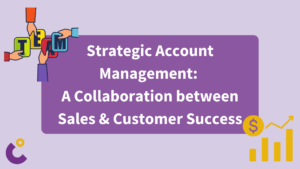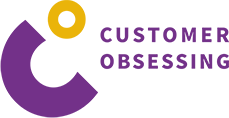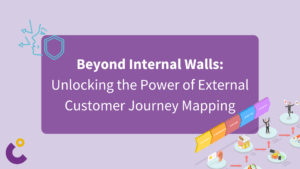
Customer Success: Where to Start and What to Expect
Amy Downs
First Published: December 14, 2016
“Why do you think customers leave us?”
When I asked our executive team this question two years ago, I received a variety of anecdotal responses: poor customer service, overselling and under delivering, lack of adoption across the organization. The multitude of potential reasons made for a foggy picture of the true pain points for our customers. And, without clear data to support the claims, it was difficult to determine what needed to be addressed most immediately.
The truth is that customer attrition is indeed a complex problem that’s rarely a result of just one trigger. Customers usually only head for the door after an onslaught of smaller frustrations. Death by a thousand paper cuts, as they say.
Naturally, getting customer churn under control isn’t an overnight effort. A Customer Success function with ears to the ground and the tools to flag customers at risk can make a big difference in whittling down attrition. But it takes time to build a program, and the journey requires commitment and investment from the whole company.
If you’re at the outset of a Customer Success program and unsure of where to go next, here are the critical first steps to start your journey.
Educate the C-Suite on the Business Value
“How will a Customer Success program impact our bottom line?”
In the boardroom two years ago, I could sense uncertainty. Customer Success seems like a no-brainer; after all, happy customers spend more, help you to understand how your solution fits in the market, and help you acquire new customers. But when you walk into the boardroom and start asking for investments in such a program, suddenly it’s not a given.
In conversations like this, it’s important to be clear about your objectives and come prepared with the facts. Educate yourself so you can educate your team. Understand what Customer Success will mean for your company, taking into account your operating model.
For the Lifesize executive team, for example, it was important to understand the value of increasing retention (and reducing churn) for a company selling a software-as-a-service (SaaS) platform. Having previously led a PaaS company to a 99 percent retention rate, I coupled my past experience with real world data and was able to offer some compelling evidence. A 10 percent increase in retention for $2 million in annual recurring revenue (ARR) over five years netted more than $17 million in additional annual recurring revenue. Also, company valuation is unexpectedly intertwined with retention. SaaS companies with 5 percent annual churn will be valued 200 percent higher than a company at 15 percent.
The proof was in the data, not just the philosophy. As a result, the team quickly warmed up to the prospect.
But getting buy-in on the value of a Customer Success program is only the first step. Your next step will be to gear up for the battle, so to speak.
Find a Tool to Support Your Success
When a colleague and I first saw a demo of our Customer Success software, we shared a moment of pure joy. Thrilled, we put the phone on mute and exchanged an enthusiastic high-five. Gone are the days of tracking a multitude of customers on a spreadsheet and grappling with the different vectors that can help you determine the health of a customer relationship. It’s frustrating and overwhelmingly ineffective. Our people were doing administrative work rather than spending time with customers, which is where their time is the most valued. When your company is scaling rapidly — as our company was at the time — this practice is all but impossible.
Since the success of your program is in large part dependent on your ability to accurately identify when a customer is at risk of leaving your company, it’s worth investing in a solution that can help you make this a reality. Again, data helps you make faster decisions, driving faster response and resolution.
Here are a few questions to consider when evaluating a solution:
- What data will this solution track for me? Look for a solution that can leverage a range of information, including Net Promoter Scores and data from customer support, product usage and sales.
- What resources are available beyond the product itself? Some vendors are better than others about creating expert communities that enable customers to share knowledge to discern best practices.
- How easy will this solution be to get up and running? Implementation can take time, which can make it harder to catch up with the scale of your business. This is where vendor resources can make a significant difference, too.
Once you have your system in place, it will be time to put some boots on the ground.
Assemble Your Troops
There are two questions you’ll be faced with when you get to the “people” part of the puzzle: (1) “How many people do I need to hire?” and “Who do I hire?”
Let’s tackle the first question. The number of Customer Success Managers (CSMs) you’ll need might depend on your company’s operations and scale. A good place to start is industry data relevant to your business that can help you educate your leadership team. For a SaaS company, you may opt for one CSM for every $2 million in ARR. You might also consider how many customers one individual can practically handle. When a CSM is asked to oversee 800 customers, waters can become a bit rough and conversely, CSMs may have only a handful of very strategic customers to manage.
The second question can be less clear-cut. Customer Success Managers wear a thousand hats. Ours ensure customers are getting the most value from our solutions, and to do that, they put together implementation and adoption plans and understand use cases, conduct end user and IT admin training, teach customers how to find resources and log support tickets, create content for customers on new features, troubleshoot, manage escalations and risk and drive expansion of existing accounts. Given the complexity of the role, consider a couple of factors:
- Personality. These individuals need to be comfortable in a “jack of all trades” role, instinctively proactive and willing to chase down answers on behalf of customers without reserve – all while maintaining a calm and cool demeanor and positive attitude.
- Diverse experience. Customer Success presents daily puzzles that require creative solutions, and it’s critical to have variety in your team’s knowledge and expertise. Hiring from across industries and roles can help you build a richer understanding of how to effectively serve different customers from different segments.
Ultimately, however, there’s one key ingredient: service DNA. Look for people who love to serve customers. At the end of the day, that’s what Customer Success is really about.
One final word of wisdom as you begin a Customer Success program: be patient and persistent. It may take time for your program to reach its full potential, with a lot of trial, error and education along the way (it took us a full year to get a well-oiled machine!). Today, we continue to drive continuous improvements into the program. Our goal is world-class churn and we won’t stop until we get there. If you stay the course, your customers and business will reap the benefits.
This might also interest you


Beyond Internal Walls: Unlocking the Power of External Customer Journey Mapping
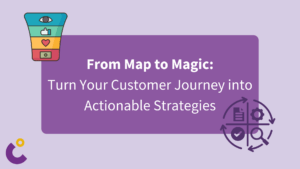
From Map to Magic: Turn Your Customer Journey into Actionable Strategies
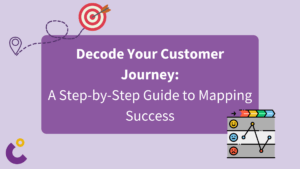
Decode Your Customer Journey: A Step-by-Step Guide to Mapping Success

Beyond the Score: Transforming Net Promoter into a Growth Engine – Net Promoter System
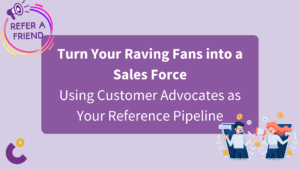
Turn Your Raving Fans into a Sales Force: Using Customer Advocates as Your Reference Pipeline
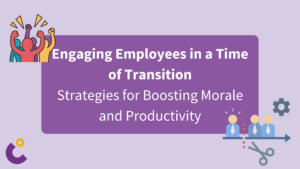
Engaging Employees in a Time of Transition: Strategies for Boosting Morale and Productivity
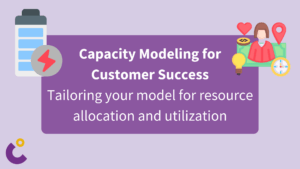
Capacity Modeling for Customer Success
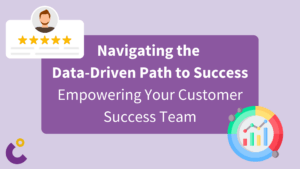
Data Driven Customer Success
